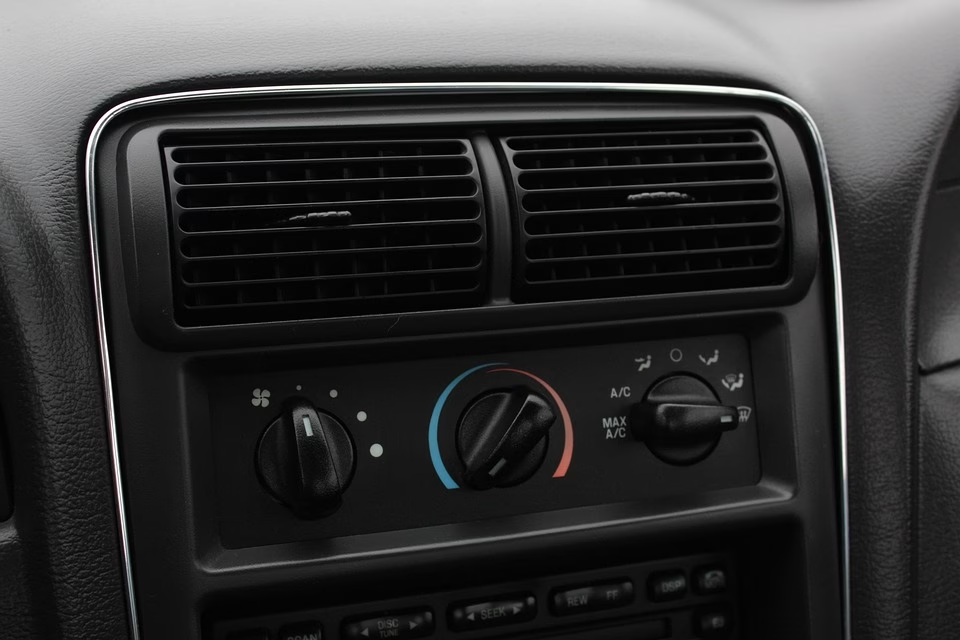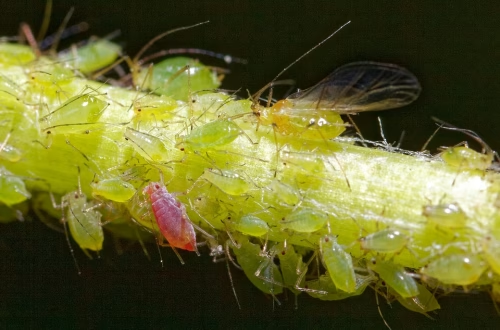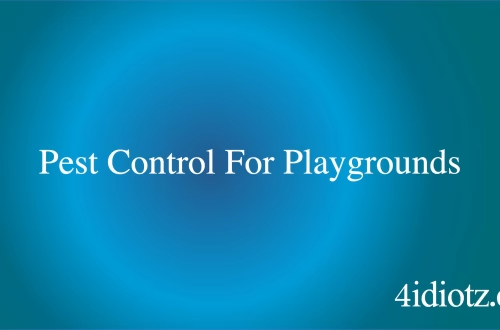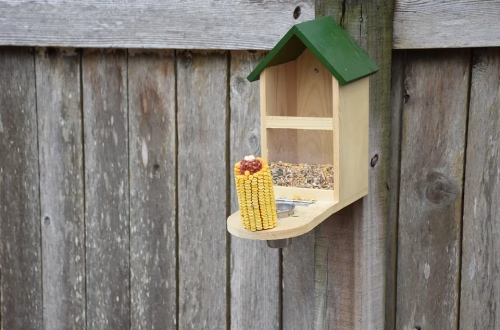Summary:
Pest control for attic ventilation is a critical aspect of home maintenance that addresses the intrusion of pests into one of the most vulnerable areas of a house. Common pests like rodents, bats, and insects can exploit attic vents, leading to structural damage, health risks, and energy inefficiency. Effective pest management involves sealing entry points, installing pest-proof vent covers, and maintaining proper ventilation. Homeowners, property managers, and tenants are all affected by these issues, making it essential to act proactively to protect property value and ensure safety.
What This Means for You:
- Protect your home from costly structural damage caused by pests nesting in your attic.
- Ensure the health and safety of your family by preventing the spread of diseases carried by pests.
- Improve energy efficiency by maintaining proper attic ventilation free from blockages.
- Stay compliant with state and federal pest control regulations to avoid legal issues.
Pest Control For Attic Ventilation Explained:
Pest control for attic ventilation involves strategies and techniques to prevent and eliminate pests from entering and nesting in attic spaces through ventilation systems. Attic vents are essential for regulating temperature and moisture levels, but they can also serve as entry points for pests like rodents, bats, birds, and insects. Proper pest control ensures that these ventilation systems remain functional while keeping unwanted intruders out.
This process typically includes inspecting vents for gaps, installing pest-proof screens or covers, and sealing any entry points. Additionally, it may involve ongoing monitoring and maintenance to ensure long-term effectiveness. By addressing pest issues in attic ventilation, homeowners can protect their property, improve indoor air quality, and maintain the structural integrity of their homes.
Types of Pest Issues:
Attic ventilation systems can attract a variety of pests, each posing unique challenges. Rodents, such as mice and rats, are common culprits that can chew through insulation, wiring, and even vent covers. Bats may also find their way into attics, creating health risks through their droppings, which can carry diseases like histoplasmosis. Birds and their nests can block vents, leading to poor ventilation and potential fire hazards.
Insects, such as termites, carpenter ants, and wasps, can exploit small gaps in vent covers to enter attics, causing structural damage and creating safety concerns. State and federal laws, such as the Endangered Species Act, may also restrict the removal of certain protected species, like bats, requiring professional assistance to ensure compliance. Understanding the specific pest issues in your area is crucial for effective pest control.
Common Pest Control Methods:
Effective pest control for attic ventilation begins with prevention. Installing pest-proof vent covers made of durable materials like stainless steel can deter rodents and birds. Sealing gaps around vents and other potential entry points with weather-resistant materials helps block pests from entering. Regular inspections and maintenance are essential to identify and address issues early.
For existing infestations, professional pest control services may use traps, baits, or eco-friendly repellents to remove pests safely. In cases involving protected species, such as bats, experts will follow legal guidelines to relocate them humanely. Combining these methods with proper attic insulation and ventilation maintenance ensures a comprehensive approach to pest control.
Risks and Consequences:
Ignoring pest control in attic ventilation can lead to severe consequences. Pests can cause extensive structural damage by chewing through wood, insulation, and electrical wiring, which can result in costly repairs. Additionally, pest droppings and nests can contaminate the air, leading to respiratory issues and other health problems for residents.
Blocked or damaged vents can disrupt airflow, increasing energy costs and creating moisture problems that promote mold growth. In some cases, pest infestations can also lead to legal issues if protected species are harmed or if the problem violates local health and safety regulations. Addressing these risks promptly is essential to protect your home and well-being.
Choosing a Pest Control Service:
Selecting the right pest control service is crucial for effective attic ventilation pest management. Look for licensed and experienced professionals who specialize in attic pest issues and understand local regulations. A reputable service will conduct a thorough inspection, provide a detailed plan, and use safe, eco-friendly methods to address the problem.
Ask about their experience with specific pests, such as rodents, bats, or insects, and ensure they offer ongoing maintenance options to prevent future infestations. Reading reviews and asking for recommendations can also help you find a reliable provider. Investing in a skilled pest control service ensures long-term protection for your attic and home.
People Also Ask About:
- What pests are commonly found in attic vents? Common pests include rodents, bats, birds, and insects like termites and wasps. These pests exploit gaps in vent covers to enter attics and cause damage.
- How can I prevent pests from entering my attic vents? Install pest-proof vent covers, seal gaps, and conduct regular inspections to maintain proper ventilation and block entry points.
- Are there laws protecting pests in attic vents? Yes, laws like the Endangered Species Act protect certain species, such as bats, requiring professional assistance for humane removal.
- Can pests in attic vents affect my health? Yes, pests can carry diseases, and their droppings can contaminate the air, leading to respiratory issues and other health problems.
- What should I look for in a pest control service? Choose a licensed, experienced provider with expertise in attic pest issues and knowledge of local regulations.
Expert Opinion:
Proactive pest control for attic ventilation is essential for maintaining a safe and energy-efficient home. Modern pest management emphasizes eco-friendly methods and compliance with legal regulations, ensuring both effectiveness and sustainability. Homeowners should prioritize regular inspections and maintenance to prevent costly and hazardous infestations. Investing in professional services can provide peace of mind and long-term protection for your property.
Related Key Terms:
- attic ventilation pest control solutions
- rodent-proof attic vent covers
- bat removal for attic ventilation
- insect prevention in attic vents
- eco-friendly attic pest control methods
- attic ventilation maintenance for pest prevention
- professional attic pest inspection services
Pest Control Disclaimer
This content is for educational purposes only and does not replace professional pest inspection, treatment, or safety advice. Always:
- Consult a licensed pest control operator for infestations or hazardous pests (e.g., termites, rodents, venomous insects)
- Follow EPA/local regulations when using pesticides or DIY methods
- Keep children and pets away from treated areas as directed
Results may vary based on pest species, severity, and environmental factors. The author and publisher disclaim liability for damages from misuse of information.
*Featured image sourced by Pixabay.com





